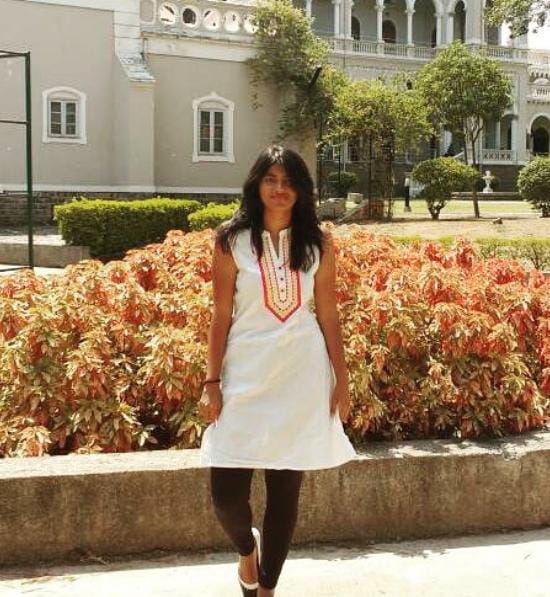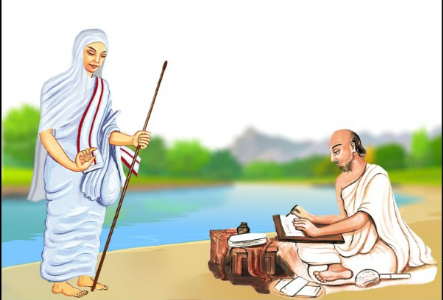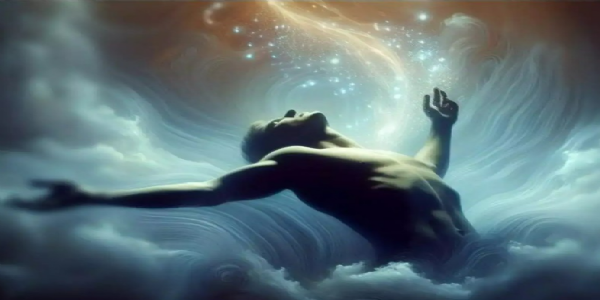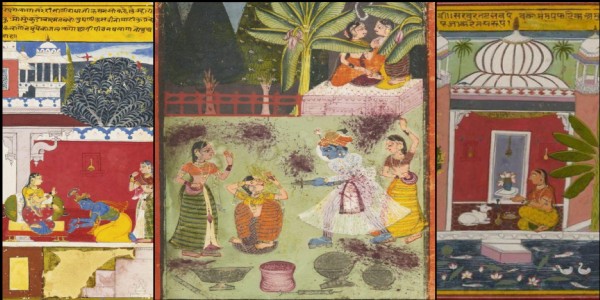Shore temple, that emerged from the sea: A brief history
In 2001, ASI started unearthing the place, finding ancient rocks, pillars, walls from the Pallava era, and then finally came across the majestic Shore temple!
Total Views | 779
A temple having emerged from the sea, the concept seems unheard of, right? Well, the one we will explore did just that! We’re talking about the Shore Temple in Mahabalipuram, Tamil Nadu. Many believe that this ancient temple was unearthed by the receding waters, after the tsunami of 2004 in Mahabalipuram. But this is factually incorrect. Let’s look at how things really went down.
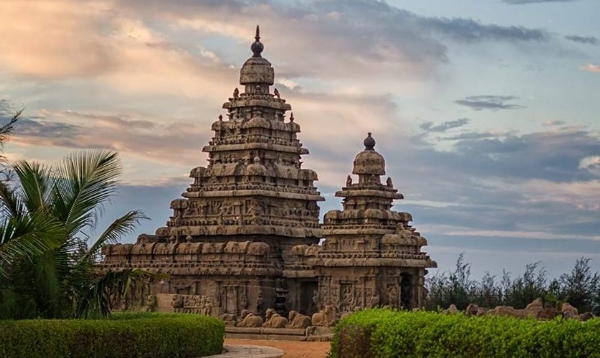
Historical findings show that the town was once a thriving seaport with connections to Sri Lanka, China, etc. Hiuen Tsang (7th century CE) in his travel records also talks of Mamallapuram, terming it as a Pallava sea-port. The Vaishnava saint Tirumangai Alwar in his work Nalayiraprabandha (8th century CE), described the bustling port town and wrote of the numerous ships anchored in the harbour.
European travellers mentioned 7 shore temples in Mamallapuram, but only two are now seen. Hence, there are speculations over whether these travellers’ accounts were factually correct. However, during 2004 tsunami, many rock-cut temples & sculptures were briefly exposed as the waters receded.
The shallow temple mandapas are reached by climbing few stairs, and right beyond the doorway are the two main sanctums. These sanctums show the typical Pallavan feature: a Somskanda panel and a fluted Shiva linga. The five-storeyed temples have been positioned in a way that the first rays of the sun fall on the main east-facing fluted linga.
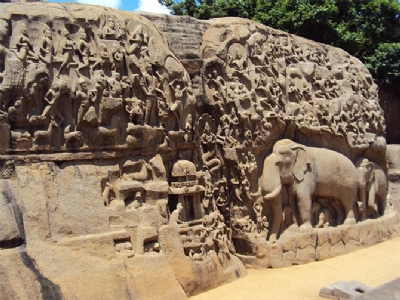
The excavation of this mysterious temple revealed many interesting things, and many more are yet to be discovered. The area is filled with legends, known through history, and hosts some of the oldest temples in Tamil Nadu. This one is a must visit.

Many years before this catastrophic tsunami, archaeologists had been working on this site. They knew for some time about the temple buried under the sea. For over 15 years, they were working on this site, and were able to find some amazing things. There were already myths going on around about how there could be some structures underwater at the shore of Mahabalipuram, around 200l. Soon after that, the ASI started exploring the rocks underwater here, and soon figured out that there is a much bigger structure here, at the bottom of the sea. Initially, they found broken rocks, pillars, walls from the Pallav era. Hence, the excavation began.
History | Once, the hub of trade and commerce in ancient / early medieval India, Mahabalipuram is now a well-known tourist destination, owing to its many heritage structures that fall under the UNESCO Group of Monuments
.
As it is on the shore overlooking Bay of Bengal it is called as the Shore Temples.
— Ankita (@AnkitaBnsl) February 8, 2022
In the time of Pallava dynasty, Mahabalipuram was popular trading port. It is said that the Shore Temple acted as a landmark for the navigation of ships.
📸 credit to the original photographer pic.twitter.com/0Dih29oRRw
The word Mahabalipuram is believed was a derivate of the original name Mamallapuram, which means the city of Mamalla – the warrior. Mamalla was a title of the Pallava king Narasimhavarman I (630-70 CE). During his reign, the majority of the heritage structures that we see today in Mamallapuram were made. Mamallapuram became an important commercial centre in the 6th century CE, during the rule of Pallava king SimhaVishnu.
Historical findings show that the town was once a thriving seaport with connections to Sri Lanka, China, etc. Hiuen Tsang (7th century CE) in his travel records also talks of Mamallapuram, terming it as a Pallava sea-port. The Vaishnava saint Tirumangai Alwar in his work Nalayiraprabandha (8th century CE), described the bustling port town and wrote of the numerous ships anchored in the harbour.
Among the famous landmarks of this ancient port, is the Shore temple. Marco Polo, in his travel book, mentioned the temple, referring to it as the 7 Pagodas of Mamallapuram. In 1582, a jewellery merchant, Gasparo Balbi also referred to the temple cluster as “Seven Chinese Pagodas” of Mamallapuram. Niccolai Manucci wrote of the 7 ‘China-men’ built pagodas. As Polo, Balbi, and Manucci had not set their feet in the town and had only seen the temples from a distant ship, the tall pyramidal temple spires had appeared to them as Chinese built pagodas.
European travellers mentioned 7 shore temples in Mamallapuram, but only two are now seen. Hence, there are speculations over whether these travellers’ accounts were factually correct. However, during 2004 tsunami, many rock-cut temples & sculptures were briefly exposed as the waters receded.
The archaeologists with diving teams explored an underwater site 700 m east of the Shore temple, finding ruined walls, sculptures, blocks of rectangular stones laid parallel to the shoreline, & remains of 40 other monuments.
Also Read | Lepakshi Temple, hosting 16th century mysteries within!
Architecture | The Shore Temple was built during reign of the Pallavan king Narasimhavarman II, and it is the oldest structural temple of significance in South India. The two temples hold 3 sanctums, of which two are dedicated to Shiva and one to Vishnu. The first thing that catches the eye is the low prakara (wall) with couchant Nandis on it, and the tall pyramidal shikharas with their top octagonal domes.
The shallow temple mandapas are reached by climbing few stairs, and right beyond the doorway are the two main sanctums. These sanctums show the typical Pallavan feature: a Somskanda panel and a fluted Shiva linga. The five-storeyed temples have been positioned in a way that the first rays of the sun fall on the main east-facing fluted linga.

On the southern side of the temple is a monolithic lion whose chest has been cut to form a deep square niche, inside which we see devi Durga as Mahisasuramardini. The entrance walls of the temple hold carved panels, showing scenes from Pallavan history, while others depict Shiva. The outer walls have inscriptions from the Pallava and Chola eras that praise king Narasimhavarman II.
The excavation of this mysterious temple revealed many interesting things, and many more are yet to be discovered. The area is filled with legends, known through history, and hosts some of the oldest temples in Tamil Nadu. This one is a must visit.
Bharati Web


